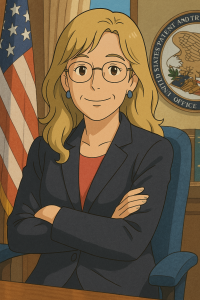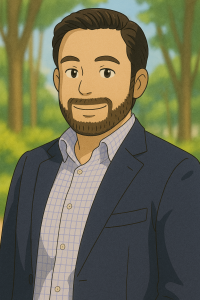Search Results for: "sas institute"
Again with the Redundancy: Although MPHJ’s claim might be obvious, HP can’t pursue that argument
Federal Circuit: Our Muscles Are Not Working :{}
The Standard for Conception: Don’t Ask “Will it Work”
Judge Shopping vs. Judge Dodging: Federal Circuit Denies SAP’s Transfer Request
The Fintiv Pendulum Swings Again: More Discretionary Denials Coming Soon
TikTok – A First Look at the Briefs
Briefs are trickling in for the Supreme Court’s fast-paced battle over the upcoming TikTok ban. The outcome of TikTok v. Garland will likely be a watershed moment for free speech in the digital age — especially with respect to non-US media. This post walks through the six amicus briefs all filed early. Three support TikTok and its content creator co-petitioners; and three agree with the appellate court and U.S. government that the ban is appropriate.
- ACLU/EFF Brief
- KNIGHT FIRST AMENDMENT INSTITUTE Brief
- Human Rights Brief
- TEACHOUT Brief
- ADVANCING AMERICAN FREEDOM Brief
- Rand Paul Brief
As background: TikTok has over 170 million U.S. users but is ultimately owned by Chinese company ByteDance, which under Chinese law must share data and comply with Chinese Communist Party directives. After years of bipartisan concern about TikTok’s data collection practices and potential for content manipulation, Congress passed the Protecting Americans from Foreign Adversary Controlled Applications Act (PAFACAA) in April 2024 with strong support from both parties, and President Biden signed it into law. The Act effectively requires ByteDance to sell TikTok to non-Chinese owners by January 19, 2025, or face a ban on U.S. operations. TikTok and several content creators immediately challenged the law as violating the First Amendment, but the D.C. Circuit upheld the ban in December 2024, finding that even if strict scrutiny applied, the government’s national security interests justified the restriction. With the divestiture deadline looming, the Supreme Court took the extraordinary step of granting immediate review and scheduling arguments for January 10, 2025, just nine days before the law would take effect. The case presents novel questions about how traditional First Amendment doctrines apply to social media platforms controlled by potentially hostile foreign powers and tests the limits of Congress’s authority to restrict foreign ownership of communications infrastructure. (more…)



